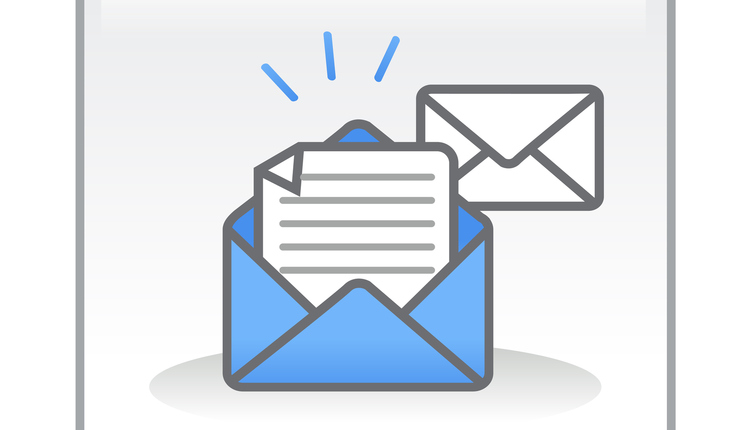One of my few guilty pleasures in the summer is to lie in my backyard hammock on a Saturday afternoon and listen to the New York Yankees game on the radio. As is tradition, the game is preceded by our National Anthem — brought to you by a financial company. First pitch sponsored by an internet service. First walk brought to you by an urgent care center. Speed of the first pitch brought to you by some timepiece manufacturer. Fifteenth out brought to you by some insurance firm; not sure if it’s the one represented by the lizard or the one represented by the 50s waitress. All brought to you by some home improvement sponsored booth.
Forgive me if I am not exactly accurate about who sponsors what; I tuned in to listen to my beloved Bronx Bombers. The point is, these advertising drop-ins are just a few of what is estimated to be 5,000 advertisements a day. Seems too high, right? Well, think about it — if you sleep eight hours a night, you are exposed to more than five advertisements per waking minute. Still think that’s impossible? We are besieged with a tidal wave of advertisements every day. TV, radio, Google, Facebook, Yahoo, the aforementioned drop-ins — advertisements are everywhere. And don’t forget about the omnipresent brand placement advertising.
Besides my obvious irritation that I can’t listen to a ball game without being intruded upon, what’s my point? The effect of advertising is diluted because these days, businesses can place advertising on anything and everything. Why do certain messages pass through our personal screening filters and remain compelling for future buying decisions? What mode of advertising is most effective to break through this clutter? If I could answer that last question, I could probably buy the Yankees and wish all the drop-in advertisements to the cornfield.
Conversing With Customers on Their Terms
However, we do know that there is no silver bullet for this conundrum. Customers need and demand choices when it comes to conversing with them. With the many existing marketing channels we have today, not to mention new ones that seem to pop up on a daily basis, potential and existing customers can be anywhere. An effective multi-channel marketing plan where businesses reach their customers through different media allows the recipient of the messages to decide.
Traditional marketing paradigms have been challenged, thanks to the explosion of channels available to customers. Bedrocks of marketing and advertising, like targeted messaging, have been altered by the bombardment of impressions seen on a daily basis. Customers who see advertisers’ messages must be engaged enough to associate the sender with the content. Customers mustn’t be given the incentive to fast-forward their DVRs, change radio stations, or speed-click from one website to another.
Direct Mail, The Solid Performer
There is one form of media that constantly and consistently delivers a solid performance: direct mail. In a recent study by the USPS, 61% of businesses were extremely satisfied with direct mail. And among those highly satisfied, 39% expect to increase their direct mail spend.
Perhaps unexpectedly, young people respond to direct mail. A recent survey showed that 77% of Gen X and 63% of Gen Y have purchased products through direct mail.
As Platforms Change, So Will Direct Mail
There is no question that direct mail will need to change in our expanding and evolving digital-centric world. The USPS is well aware of the implications that await it as mobile technologies, social media usage, and multi-channel marketing change.
The good news for the direct mail industry is that the leadership at the Postal Service is poised to take advantage of these changes. In 2015, the USPS offered promotions that generated more than 11 billion pieces of mail. Many of those promotions are targeted for the next generation of direct mail advertising, and they have continued that strategy in 2016.
Innovative Interaction
Promotions like Emerging and Advanced Technology/Video in Print, which encourages direct mailers to incorporate interactive technology, and the Tactile, Sensory, and Interactive Mailpiece Engagement promotion, which allows mailers to use “sensory” engagement to drive increased customer response via paper, inks, and interactive mailpieces, are just a few examples of the innovative thinking coming from postal headquarters.
As marketers adjust to the ever-changing landscape, it is my hope that the phrase “play ball” stays advertising free.
Vincent DeAngelis is Vice President, Postal Relations, Neopost USA. Neopost USA provides hardware and software to mailers and shippers of all sizes. Neopost-brand solutions enable businesses to send and receive physical mail, digital documents and traceable packages. More importantly, Neopost solutions help its customers connect with their customers by establishing individualized, one-to-one business relationships.














